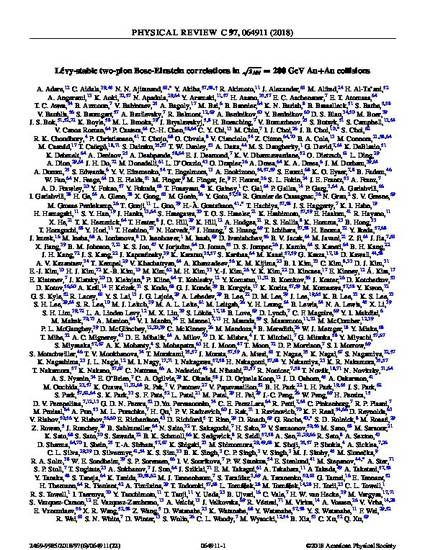
We present a detailed measurement of charged two-pion correlation functions in 0-30% centrality root= 200 GeV Au+Au collisions by the PHENIX experiment at the Relativistic Heavy Ion Collider. The data are well described by Bose-Einstein correlation functions stemming from Levy-stable source distributions. Using a fine transverse momentum binning, we extract the correlation strength parameter lambda, the Levy index of stability alpha, and the Levy length scale parameter R as a function of average transverse mass of the parr m(T). We find that the positively and the negatively charged pion pairs yield consistent results, and their correlation functions are represented, within uncertainties, by the same Levy-stable source functions. The lambda(m(T)) measurements indicate a decrease of the strength of the correlations at low m(T). The Levy length scale parameter R(m(T)) decreases with increasing m(T), following a hydrodynamically predicted type of scaling behavior. The values of the Levy index of stability a are found to be significantly lower than the Gaussian case of alpha = 2, but also significantly larger than the conjectured value that may characterize the critical point of a second-order quark-hadron phase transition.
Available at: http://works.bepress.com/craig-ogilvie/288/

This article is published as Adare, A., C. Aidala, N. N. Ajitanand, Y. Akiba, R. Akimoto, J. Alexander, M. Alfred et al. "Lévy-stable two-pion Bose-Einstein correlations in s NN= 200 GeV Au+ Au collisions." Physical Review C 97, no. 6 (2018): 064911. DOI: 10.1103/PhysRevC.97.064911. Posted with permission.